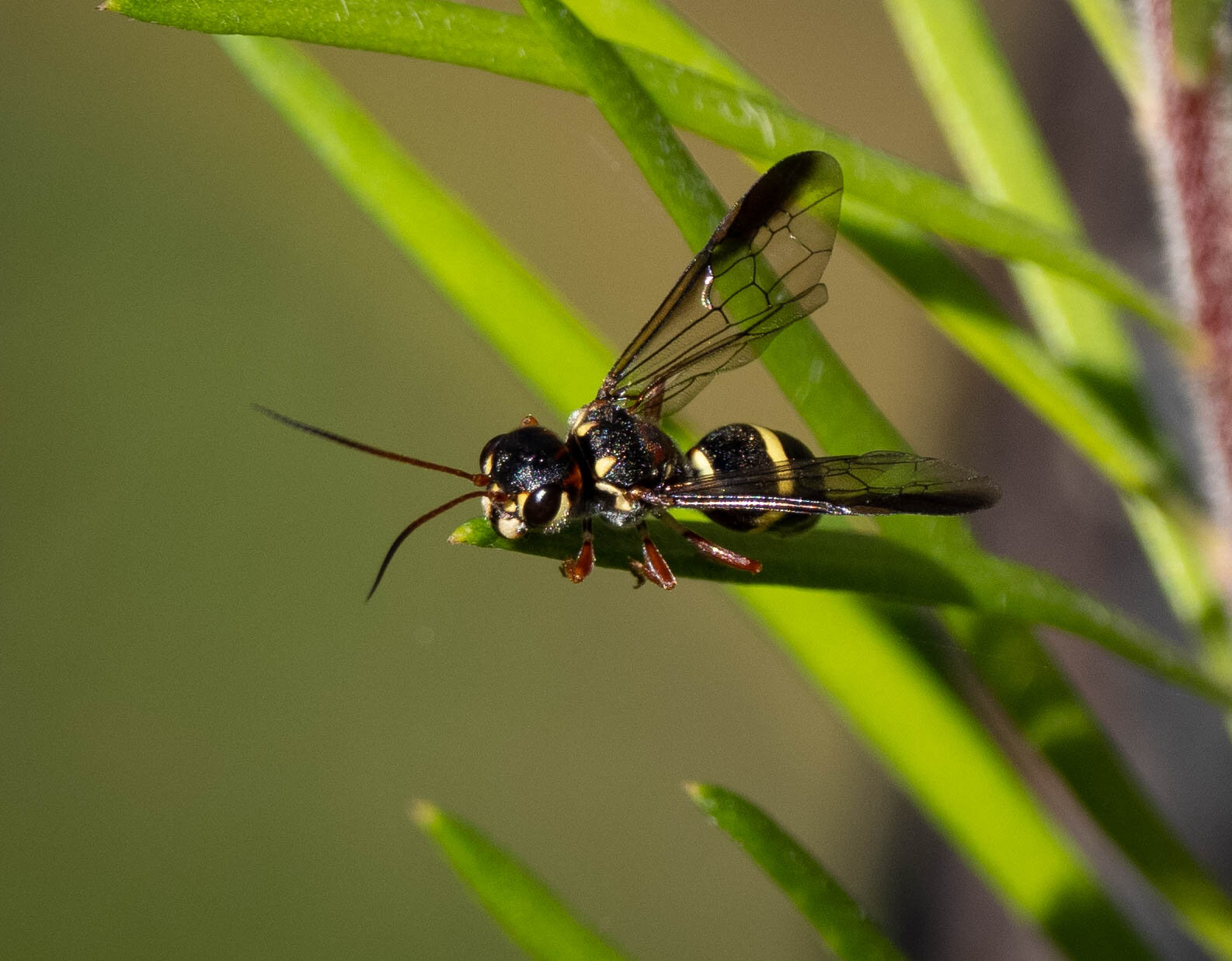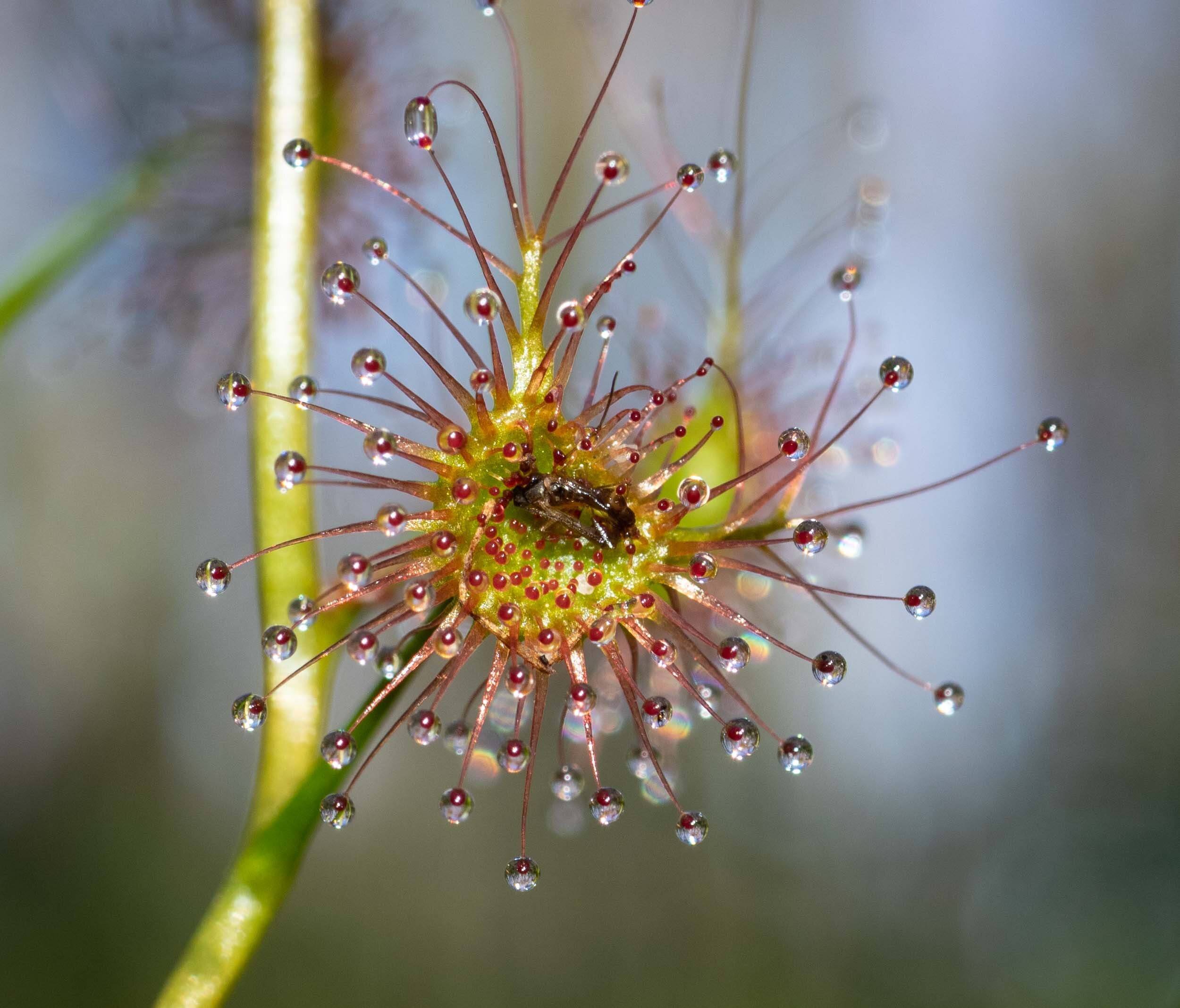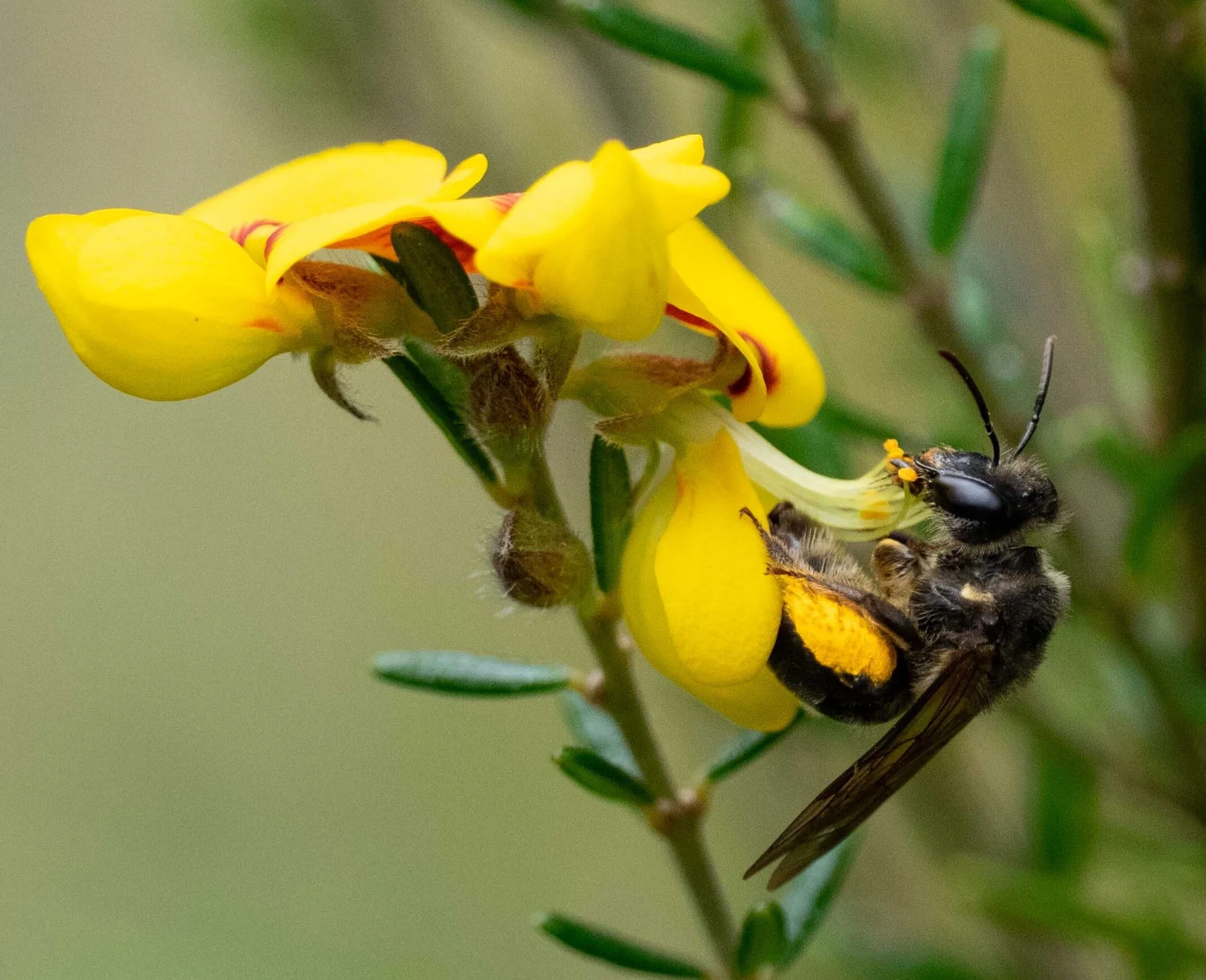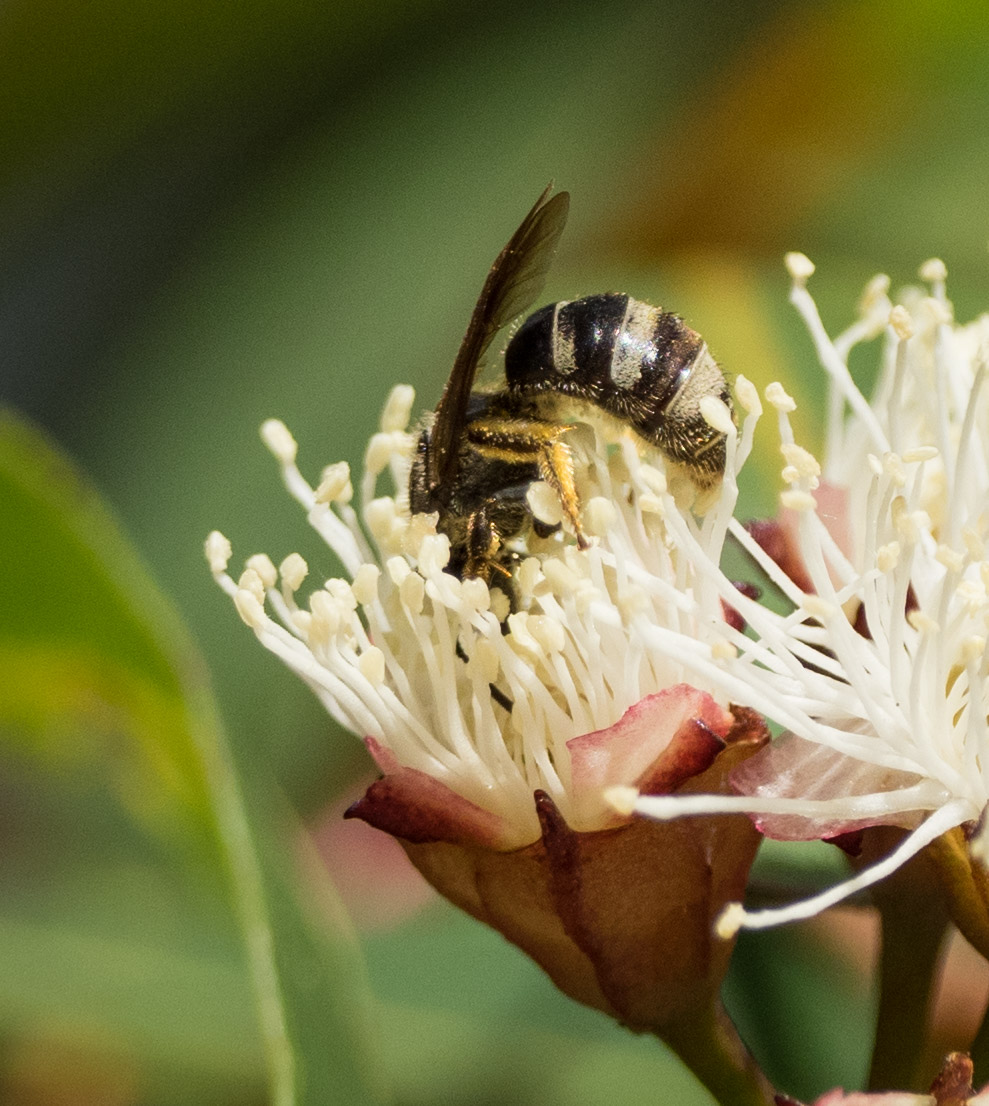The forest awakens: images of Spring

The transformation has begun.
Those myriad flower buds are starting to open, birdsongs resound through the forest, the skinks are back – and every day my list of insect sightings grows.
The first butterfly is a true beauty. Parasitic wasps now outnumber flower wasps. And native bees are gradually reappearing.
The forest is truly waking from its Winter slumber.




















































Highlights, observations and other notes
I spotted my first butterfly on 30th August. One male Paralucia aurifer - a species aptly named ‘Bright Copper’. Viewed at an angle, the brown patches shimmer with greens and blues, while the orange spots positively glow. They’re not common yet. My only other sighting was yesterday (3rd September) … another male. The same patch of forest, so perhaps it’s actually the same one. The males are quite territorial and quite long-lived.
The purple-flowered vine Hardenbergia is widespread and flowering profusely. And it is an excellent bee magnet. The pea flowers are a special favourite of the fuzzy little Trichocolletes. A bit smaller than the (unfortunately ubiquitous!) honey bees, Trichocolletes are solitary, ground-nesting bees that are reportedly active in Winter – at least around Sydney. I’ve been prowling around our Hardenbergia flowers for weeks now and my first sighting was on 31st August.
Flower wasp numbers continue to build. The males are easy photography targets as between patrolling for females they perch and preen for extended periods. And they tend to have their favourite perches.
But it’s the rising number and diversity of parasitic wasps that has me truly excited! These lanky, delicate wasps bob in flight through the low vegetation and are best spotted on a day without wind. Unlike the flower wasps, they spend most of their time on the wing. I have to be patient and try to capture an image when they take a short preening break, or as a female seeks hosts among the leaf litter.
Spotting the blue-legged wasp Theronia maculosa in the undergrowth was a particular highlight this week. I’ve never seen one before, and she is certainly beautiful! She spent several minutes investigating a fallen eucalypt leaf – and for most of that time she was hidden from view, giving me only tantalising glimpses. Luckily she finally poked around to my side of the leaf and I was treated to her full splendour. A bit of reading and I discovered that: a) she’s identifiable, and one of the more commonly photographed ichneumonids in our part of Australia; and b) she was seeking caterpillars into which to lay her eggs.
Flies are also returning, but not the pesky kind. Species ID is possible for some types, but with so many undescribed species in Australia, I’m happy to get to family level. That at least gives a hint as to how they live, and where they spent the Winter.
The growth of Kennedia rubicunda is rampant, post-fire. The large-leafed vine forms dense mats across broad patches of the forest floor and twines around standing, burnt trees and live shrubs. But we aren’t too concerned, trusting that as other understorey species grow a balance will be restored. Indeed, the Kennedia spread – which began last year – has already abated. And while we have so much of it, the large red flowers are certainly helping to feed the birds … Yellow-faced Honeyeaters and Eastern Spinebills in particular.
Bird numbers are certainly on the rise and so is the nesting activity. The above photos don’t do them justice … I’ve really only had eyes for insects of late, but a bird walk is on my agenda!
Winter temperatures still, but the forest is clearly ready for the Spring transformation.
While sitting in just one patch of forest for several hours in the course of one week … more than 20 wasp species from 12 different families. Including Trigonalidae, a tiny and bizarre family, rarely seen.
Flower wasps, Thynninae, are an important part of the forest ecosystem – it was time for me to learn more about them.






